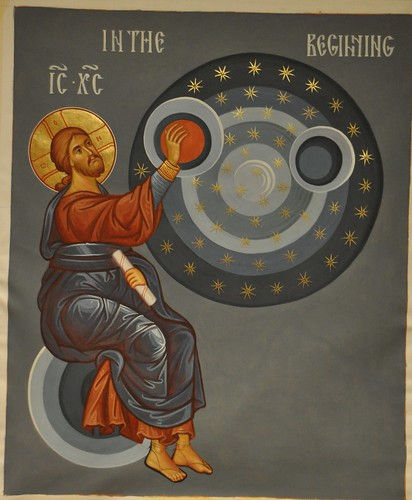A Very Short History of the New Year and Its Spiritual Relation to the Modern Planner
- xenia williams
- Sep 22
- 3 min read

The Ecclesiastical or Church New Year is such a blessing to those who observe it. There is a grand mystery imbued within it, and until about 1752, the entire Christianized Western and Eastern world utilized some form of it. The Church and State observations of the calendar were more unified, reflecting a more perfect, holistic and Christian worldview that understood the soteriological aspect of the usage of the calendar.
The Indictio, which the Church New Year is also known as, means order or to order, or refers to the act of having been induced, or relates to an edict of a ruler. It is a 15-year cycle. In the Roman Empire it standardized the years of service of Roman military men, a 15-year obligation. The entire empire was organized by it as it was a factor in ordering the administrative affairs of the civilization, especially that of taxation and census, key administrative events that are elements of the life of Our Saviour, Jesus Christ. This day is also called the day of Creation, in both the Hebrew and Christian historiography. This is also the day that Christ first taught in the synagogue, by reading a particular passage:
Isaiah 61:1-2
King James Version
61 The Spirit of the Lord God is upon me; because the Lord hath anointed me to preach good tidings unto the meek; he hath sent me to bind up the brokenhearted, to proclaim liberty to the captives, and the opening of the prison to them that are bound;
2 To proclaim the acceptable year of the Lord, and the day of vengeance of our God; to comfort all that mourn;
From Bible Gateway retrieved September 2025

September, which actually means “seven” , also indicates perfection and completion.
According to website: The Catalog of Good Deeds, the Church year begins with and ends with the life of the Virgin Mary, who exemplifies the interior and exterior life of a Christian, and who can be said to be a type of first model of a Christian person. As mentioned in another blog, she lived an ordered daily life, from her childhood, one which monks and laymen seek to follow and which also informs the liturgical cycle of the Church in terms of the ascetic practices of laity, clergy and the monastics of the Christian Faith. As a relative of Moses, through the lineage of Aaron on her mother’s side; and of King David, of her father’s side, she becomes an exemplar of the royal and yet humble stature of the human being, a creature made in the image of God—who Hmself possess both qualities.

Through her, we see how we can perfect our lives, by entering into the liturgical cycle of the Church, which for us begins with September. Interesting Fact. 1752, the colonies, then of the British Empire stopped celebrating the first of the new year as the 25th of March, also known as the Annunciation, the day in which Mary was told she would bear the Christ. This was the year the British Empire switched from the Julian Calendar to the Gregorian Calendar, and thus the 1st of January became the Civil New Year, while the birth of Christ is celebrated on the 7th of January for those who adhere to the Julian calendar. God, it seems, will not let us forget Him in the reckoning of time.
The Christian worldview was reinforced by the use of almanacs which evolved into the planners we use today. Almanacs were a tool of astronomical reckoning, medical and common wisdom based on the agricultural needs of the society, as well as a way of reinforcing Christian norms of behavior. Using such planners can help a society to return to its traditional ways of understanding the world, first by internalizing the teachings of the Church, so that we could become that city on the hill, so eloquently spoken of by John Winthrop, and of which a certain young man, named Charlie Kirk, emulated within himself, in these modern times.
This post was inspired by a sermon by Fr. Ephraim Willmarth
Bibliography including but not limited to:
https://www.calendar.com/blog/the-history-of-calendars-and-how-they-evolved/
google search: different times that the calendar change in Christianized Western and Middle Eastern Culture during the Middle Ages



Comments